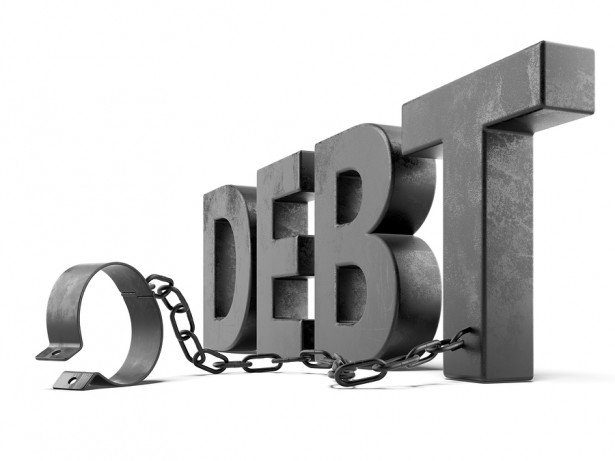American consumers’ appetite for debt is ferocious. A few years after the Great Recession, United States households still haven’t made any significant reductions in their debt levels, and in fact they are only adding greater amounts of debt. Also, today’s millennials are having a tough time paying off their student loans.
In other words, debt is gradually becoming too burdensome for the average person.
This data originates from a new report published by the New York Federal Reserve Bank of New York (FRBNY), which noted that student loans are sabotaging consumers’ personal finances and opportunities of acquiring property.
In the final three months of 2014, Americans ramped up their household debt by $117 billion, or one percent, as families ostensibly seem content with maintaining higher credit card balances and lines of credit.
Overall, fourth-quarter debt levels increased in all categories, including credit cards, auto loans, mortgages and student loans, which analysts say is a positive signal for the national economy as consumers are confident about the economy that they are willing to take on debt. As we have reported, consumer borrowing has revved up in recent quarters.

When it comes to delinquency rates – loans that are at least 90 days past due – they were unchanged at 4.1 percent. Although the delinquency rates for credit card debt and mortgages tumbled to 3.1 percent, auto loan delinquency rates jumped from 3.1 percent to 3.5 percent. One troublesome area that remains concerning is the delinquency rate for student loans, which also jumped from 11.1 percent to 11.3 percent.
Unlike other forms of consumer debt, student loans are not dischargeable in bankruptcy.
“Although we’ve seen an overall improvement in delinquency rates since the Great Recession, the increasing trend in student loan balances and delinquencies is concerning,” said Donghoon Lee, a research officer at the bank, in the report. “Student loan delinquencies and repayment problems appear to be reducing borrowers’ ability to form their own households.”
Akin to what we reported late last year, two of the reasons why delinquency rates for auto loans are rising are because borrowers are taking on higher-at-risk borrowers and “a pickup in auto-loan delinquencies is a somewhat natural consequence of the jump in overall auto lending over the past four years,” says the Wall Street Journal.
Other findings from the report:
- The number of credit inquiries within the last six months rose by four million to 175 million
- Mortgage originations, which include new mortgages and refinanced mortgages, increased to $355 billion, which still remains at record lows.
In total, overall household debt stands at $11.8 trillion, just seven percent below the 2008 peak of $12.7 trillion.
According to Equifax credit data (via Bloomberg News), the average balance for every borrowers has soared 74 percent in the past decade, meaning it has gone from $15,000 per person in 2004 to $27,000 in 2014. It should be noted, however, that most borrowers have less than $27,000 but it’s somewhat distorted by the estimated 1.8 million people with immense debt levels.



